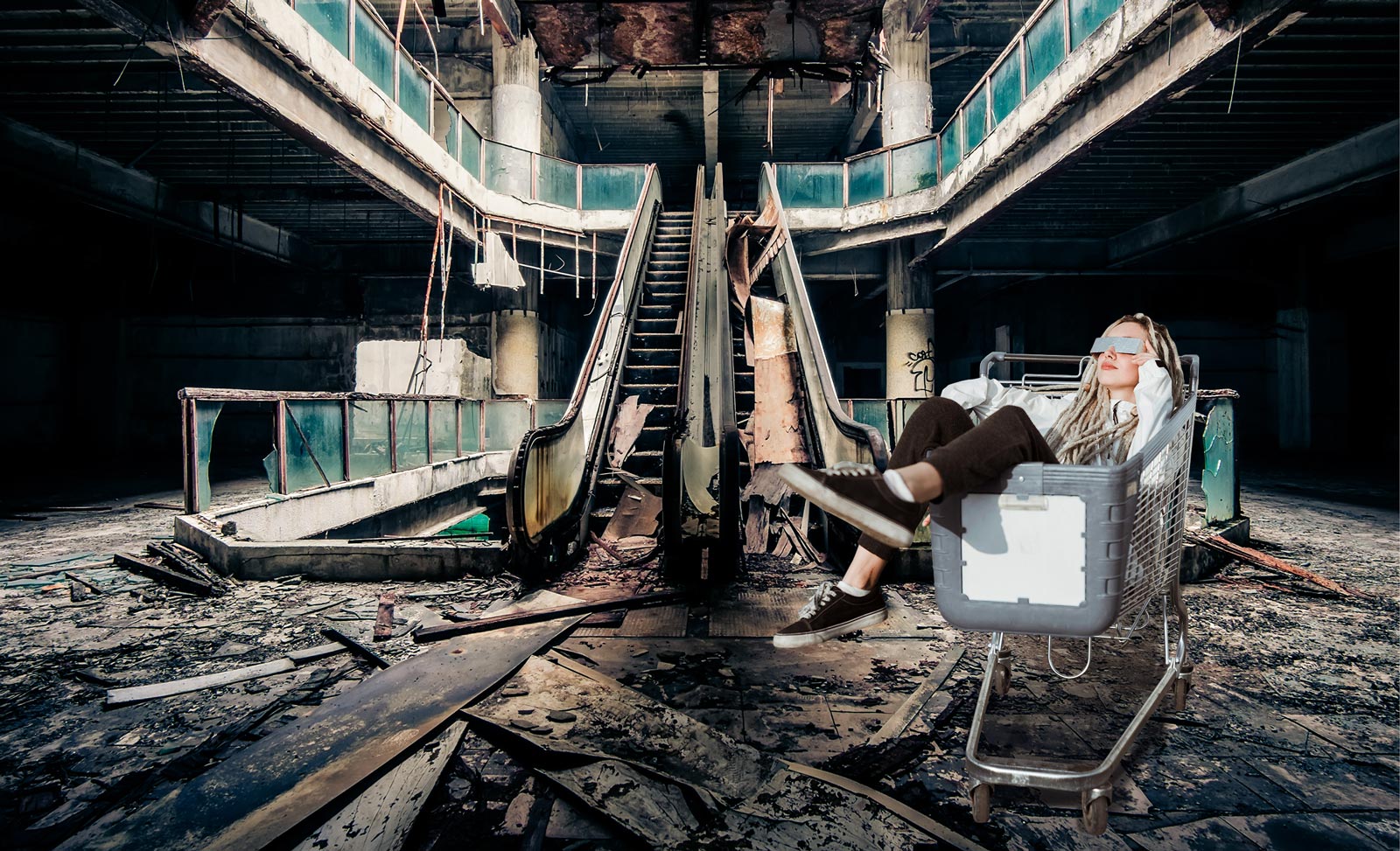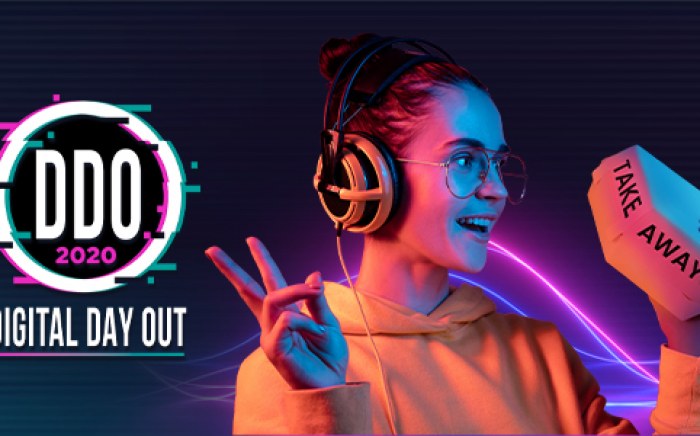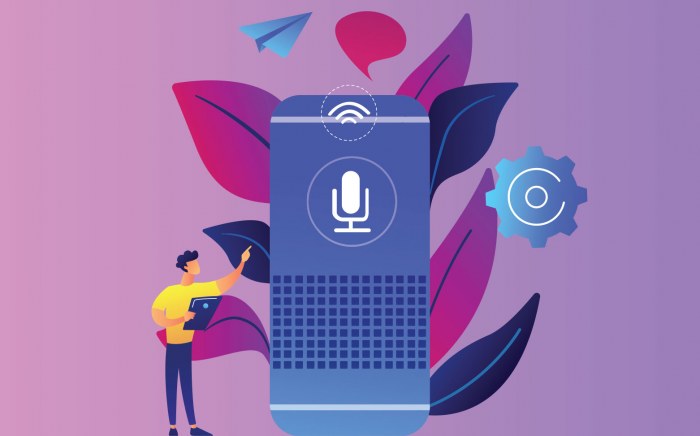Retail giants worldwide have been hitting hard times, with the closing of stores and loss of shopper interest, victims to the so-called “Retail Apocalypse”.
Last month alone, Gap, J.C. Penney, and Victoria’s Secret all announced they would be closing more than 300 stores. These store closures followed after Sears had announced they would be filing for bankruptcy and closing roughly 140 Sears and Kmart stores.
So, what does this mean for the future of physical stores, are they doomed to follow the same fate? Amazon.com is quick to be blamed for the retail decline. However, Amazon with about $100 billion in sales, only accounts for 1.6% of the total U.S. retail sales. Online sales can’t be the only contributing factor to falling retail sales?
“One insight is that our shopper consumption needs and requirements have changed significantly”
Mobile phones, for example, have become such a big part of our everyday lives. However, Ten years ago, they were simple and cheap. The total mobile phone market in the U.S. in 2006 was around $10 billion. Apple now sells roughly $66 billion worth of iPhones annually. Consumer income has not changed much in the US since 2006, thus over the last 11 years, $200 billion U.S. in shopper spending was diverted to mobile phones. If you include the fact of children owning their own phones and larger phone service costs per household, that’s billions of potential shopping mall dollars not spent on clothes and shoes.
Simply put, the original Shopping mall/retail model was designed for a different consumer. But all is not over for brick-and-mortar stores if retail is willing to evolve. In particular, the challenge is how to manage multi-channel shopping. By adapting stores to offer services that provide conveniences such as “buy online, pick up in-store” (BOPIS) options, as well as advanced mobile integrations. Even showrooming – once seen as a potential threat – is helping drive online activity for consumers wanting to see and touch products before they buy.

Data shows that 60 percent of millennials want to visit a store first to interact with products before buying them online later. The path to driving shoppers back into stores lies through digital experiences and leveraging technology to enhance in-store shopping. The Home Depot stores in the U.S have created such an experience for their customers, connecting both the retail and digital worlds together nicely.
“Home Depot developed a mobile app that allows shoppers to easily locate the products they’re looking for in stores”
Customers can read customer reviews and purchase items not currently available on the shelves. This “endless aisle” allows customers to not only shop from the 40,000 available products in-store but also access over 1.5 million products online.
Their app can analyze a photo of a door handle and search through an extensive product catalogue to find different replacement options. The shopper can then use the wayfinding feature to direct them to the exact aisle where the product is located, or they can get it shipped to their home if it is only available online. Retail giants are aggressively investing in digital technologies, pure online stores are pursuing a reverse strategy – looking for a physical footprint through acquisitions and pop-up installations (such as Amazon planning to open a chain of grocery stores across major US cities). These two worlds are merging, and consumers will continue to embrace evolved ways of shopping.

Retail needs to do what that channel can do best; deliver live, physical experiences. They can take advantage of the sensory and tangible value of “being there”.





